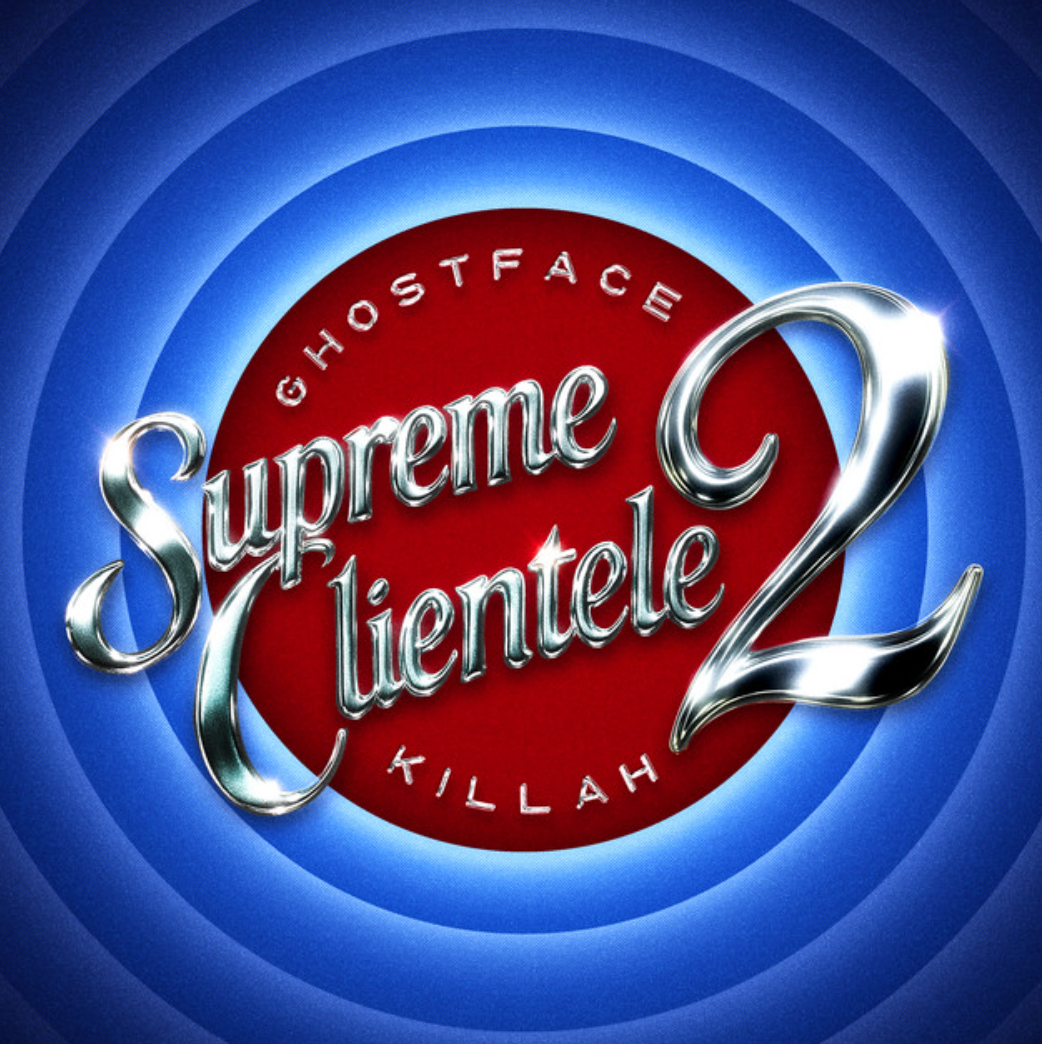
Welcome back to the Weekly Watchlist, a rundown of everything you should be watching.
As we delve further into October, the haunting season of Halloween approaches, and one pressing subject dominates my thoughts: horror sequels. The cinematic landscape is currently adorned with a range of choices, from the well-received “Saw X” to the somewhat less enthusiastically embraced “The Exorcist: Believer,” offering aficionados of long-standing horror franchises a buffet of options at the box office.
But what truly defines a successful horror sequel? Conventional wisdom, or rather, clichéd wisdom, often suggests that most horror sequels fall short. Undoubtedly, for every well-thought-out and eloquent continuation of a story, there exists an assortment of hasty endeavors aimed at capitalizing on the triumph of the original film. Quality in this realm exists on a broad spectrum. So, instead of merely cataloging the best horror sequels or reboots—such as “Bride of Frankenstein,” “Nosferatu the Vampyre,” or “The Thing”—let’s venture into the realm of underappreciated sequels, those that perhaps do not receive the recognition they genuinely merit.
Here are some of the most unexpectedly brilliant horror sequels of all time.
5. Doctor Sleep (2019)
I can’t help but acknowledge the immense challenge that comes with crafting a sequel to a Stanley Kubrick film, especially one as indelibly iconic as “The Shining.” However, against all odds, writer-director Mike Flanagan accomplishes the extraordinary feat of creating a follow-up that seamlessly weaves together Kubrick’s, author Stephen King’s, and Flanagan’s distinctive creative visions. The resulting film, “Doctor Sleep,” is a remarkable artistic achievement.
Flanagan has consistently demonstrated his mastery in reinterpreting the language and narrative of horror classics in his body of work (think “The Haunting of Hill House” or “The Haunting of Bly Manor”). This talent serves him remarkably well in “Doctor Sleep,” where he successfully delivers a sequel that strikes a delicate balance between reverence for the original and exhilarating innovation. While the theatrical version is commendable, it’s the ‘Director’s Cut’ that truly soars.
4. Exorcist II: The Heretic (1977)
Despite the overwhelmingly negative reception this movie received upon its release, following up an instantly immortalized Academy Award-winning classic like William Friedkin’s “The Exorcist” was always going to be a challenging task. It’s clear that living up to the legacy of the original film posed difficulties, especially considering Friedkin’s disdain for this sequel and the franchise’s subsequent efforts to distance itself from it. “The Exorcist II: The Heretic” may have had its financial struggles, but John Boorman’s profoundly bizarre sequel has its own mesmerizing charm.
Taking a completely different direction from the first film, “The Heretic” delves into a surreal and expressionistic exploration of Linda Blair’s Regan and the traumatic aftermath of her experiences in the original, ultimately delivering a sequel that engages with Friedkin’s original work in captivating and unconventional ways. It’s worth noting that this film has garnered admiration from a select few, including myself, Bill Hader, and Martin Scorsese. So, why not join us in appreciating its unique allure?
3. Psycho II (1983)
Discussing unloved horror sequels that receive the ardent support of acclaimed filmmakers, we must mention a movie that none other than Quentin Tarantino frequently expresses his deep affection for: Richard Franklin’s “Psycho II.” Released two decades after Hitchcock’s iconic original, the film sees Anthony Perkins and Vera Miles returning to reprise their roles in a narrative that actively examines how “Psycho” revolutionized the horror genre and its far-reaching influence on subsequent decades, particularly the rise of slasher films. Tom Holland’s script brilliantly places the audience in a morally complex position by casting Norman Bates as the protagonist, allowing Perkins to unravel the layers of his captivating performance.
From Dean Cundey’s stunning cinematography to the strategic use of gruesome practical effects and an ambitiously ambiguous conclusion, “Psycho II” stands out as an exceptionally well-crafted and profoundly captivating cinematic work.
2. Halloween Ends (2022)
While it might have been tempting to include other Halloween franchise entries in this list, such as Halloween III: Season of the Witch or the underrated Halloween 5: The Revenge of Michael Myers, my choice here is David Gordon Green’s profoundly misunderstood “Halloween Ends.” This film proved to be a cinematic surprise, offering a fresh narrative and rich thematic exploration while concluding John Carpenter’s iconic characters and storyline.
As with many entries in this list, “Halloween Ends” initially received a lukewarm reception upon release. However, even just a year later, the tide seems to be turning in its favor. Despite Green’s less impressive Exorcist sequel, I maintain that “Halloween Ends” stands as an artistic achievement in its own right.
1. Abbott and Costello Meet Frankenstein (1948)
A film that stands out as an unexpectedly brilliant addition to the midnight-movie treasure trove is “Abbott and Costello Meet Frankenstein.” Released seventeen years after Universal Studios embarked on its iconic monsters film series with classics like Dracula and Frankenstein in 1931, creativity had started to wane. While the initial attempts at blending various monsters yielded exciting results (consider the delightfully spooky “Frankenstein Meets the Wolf Man”), subsequent entries, like the disjointed “House of Frankenstein,” struggled to maintain the same allure. However, “Abbott and Costello Meet Frankenstein” managed to do something remarkable by seamlessly integrating all the core monsters into a single, cohesive, and satisfying storyline while embracing the comedic stylings of Bud Abbott and Lou Costello.
The result is a stone-cold masterpiece that successfully straddles the realms of horror and comedy. It not only served as a significant source of inspiration for later genre-bending works, including Mel Brooks’ even-more-brilliant “Young Frankenstein,” but also stands as one of the most entertaining films one can experience with a sold-out crowd. “Abbott and Costello Meet Frankenstein” unquestionably reigns supreme.
Discover more from RATINGS GAME MUSIC
Subscribe to get the latest posts sent to your email.










